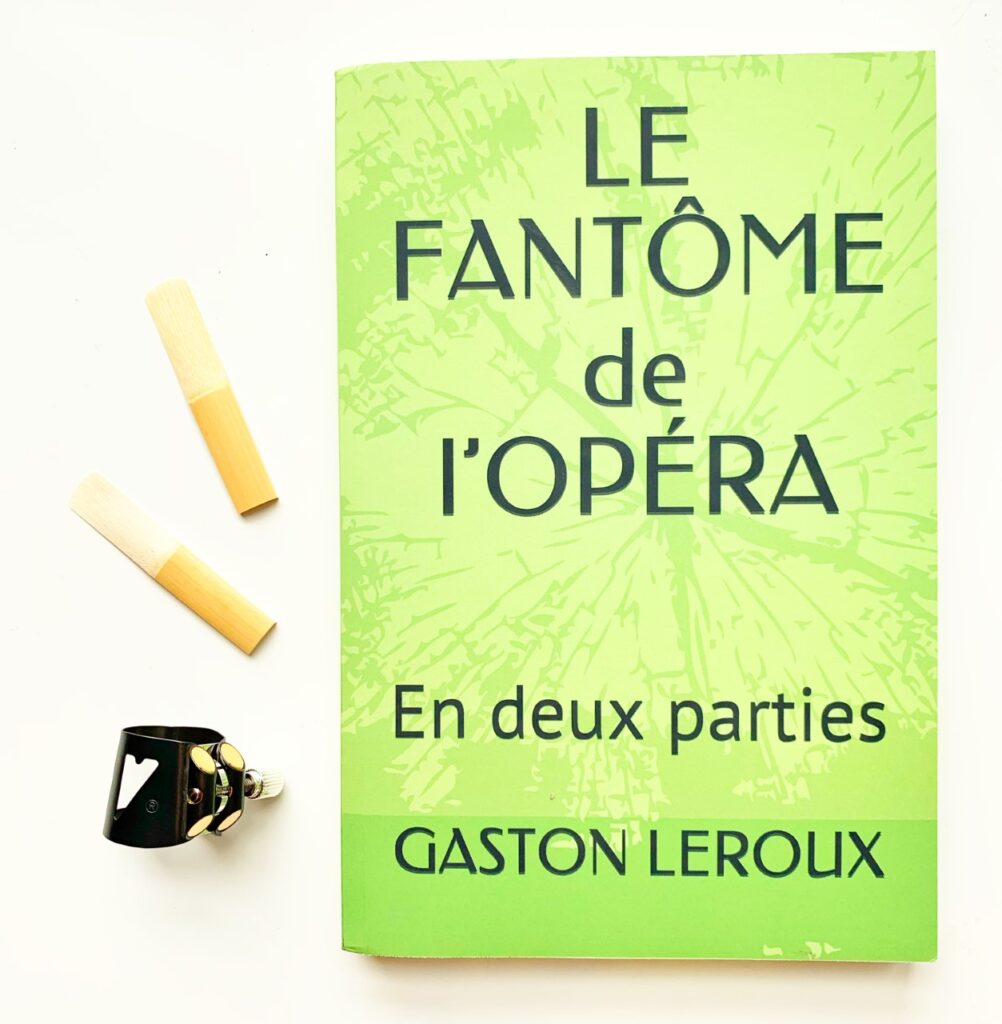How this famous composer of clarinet music inspired the Phantom of the Opera
Did you know that one of clarinet history’s most celebrated composers might be responsible for partially inspiring Gaston Leroux’s novel The Phantom of the Opera?
A bit of background: Even if you haven’t read the book, you’re probably familiar with the story of The Phantom of the Opera. A quick primer for anyone who’s unfamiliar: a mysterious phantom named Erik lives under the Paris Opera house, the Palais Garnier, in a subterranean lake. He falls in love with soprano Christine, much to the displeasure of her friend Raoul. As in most operas, drama, destruction, and diabolical plans ensue.
Gaston Leroux was partially inspired by the rumors and unusual occurrences that supposedly happened throughout the years at the Palais Garnier, including an event that happened nearly 70 years before Leroux’s book was released in 1910.
Clarinetists are all familiar with Carl Maria von Weber and his virtuosic clarinet compositions from the early Romantic era, but what did he have to do with the Phantom of the Opera?
Even Weber is famous among clarinetists for his virtuosic compositions, he is more widely remembered as the father of Romantic opera. One opera, Der Freischütz (“The Freeshooter”), was staged in 1841 at the Paris Opera, 15 years after Weber’s death.
Romantic opera productions were known for their increasingly over-the-top sets and stage designs, but what wasn’t so common was using a real human skeleton as a prop, which is what happened during this 1841 production of Der Freischütz at the Paris Opera.
According to this source, here’s the story behind the skeleton:
“According to the legend, there was a young man who willed his bones to the old Opera House (the Salle Le Peletier). This young man, Boismaison, was a member of the corps de ballet, and he fell in love with a ballerina, Nanine Dorival, who was also in Opéra’s ballet (incidentally, like Meg in Phantom, Dorival’s mother was also a box keeper). However, Dorival had another suitor, M. Mauzurier, a sergeant major in the French army, who decided to teach Boismaison a lesson. One night, when Boismaison came to confront him, Mauzurier had three of his officers tie Boismaison up and leave him on the peristyle of the Opéra, where he spent the night. Due to his exposure to the elements, Boismaison developed a bad fever and shortly thereafter died, but not before making a singular request. Boismaison bequeathed his body to the Opéra’s doctor, in the hopes that his skeleton would be kept at the Opéra near to his beloved, even in death. And according to the legend, Boismaison’s skeleton was indeed kept there at the Opéra … where it eventually was used on stage as a prop in the second act of Le Freischütz.”
Some believe that the love triangle mentioned above inspired Leroux to create a similar scenario among Erik, Christine, and Raoul.
Even though this story has been debunked, it is interesting to learn more about the history and inspirations which led to Gaston Leroux writing this famous storyline.
If you’re interested in learning more about this interesting legend of music history, here is a great resource:
